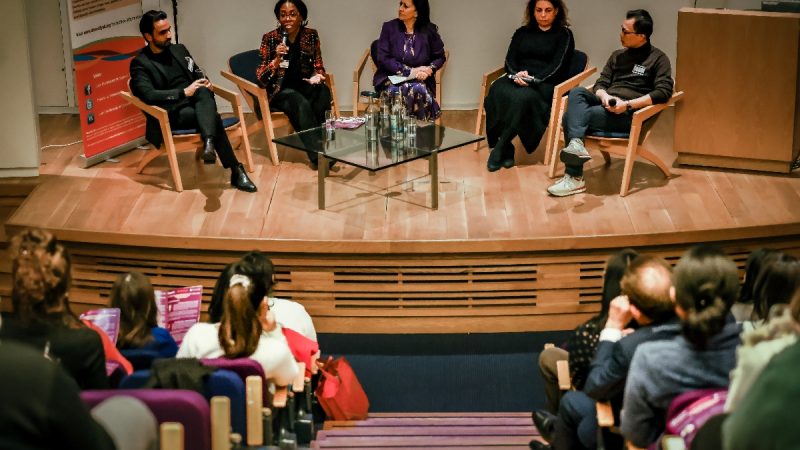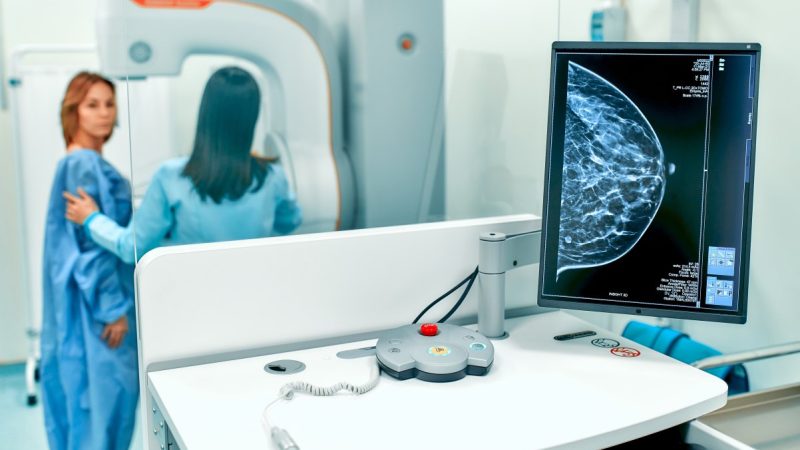PM unveils Millicent Fawcett statute

A statue of suffragist leader Millicent Fawcett has been unveiled in Parliament Square in a ceremony attended by the Prime Minister and the Mayor of London today (24th April 2018). Following Caroline Criado Perez’s campaign, the Mayor of London commissioned Turner Prize-winning artist Gillian Wearing OBE to create the statue. It is funded through the Government’s £5 million Centenary Fund and is the first-ever monument of a woman, and the first created by a woman, to stand within the square.
Marking 100 years since some women won the right to vote, the statue was unveiled by three generations of women - Jennifer Loehnis, a descendant of Millicent Fawcett; campaigner and activist Caroline Criado Perez; Deputy Mayor for Culture and Creative Industries, Justine Simons; and two schoolgirls, from Millbank Academy in Westminster, and Platanos College, Lambeth.
Prime Minister, Theresa May, said: "I would not be here today as Prime Minister, no female MPs would have taken their seats in Parliament, none of us would have the rights and protections we now enjoy, were it not for Dame Millicent Garrett Fawcett.
"The struggle to achieve votes for women was long and arduous and Dame Millicent was there from the beginning. For decade after decade, in the face of often fierce opposition, she travelled the country and the world, campaigning not just for the vote but on a whole range of issues.
"I want to thank Gillian Wearing for creating a beautiful and fitting tribute to Dame Millicent and to everyone involved in making this happen.
"For generations to come, this statue will serve not just as a reminder of Dame Millicent's extraordinary life and legacy, but as inspiration to all of us who wish to follow in her footsteps."
Mayor of London, Sadiq Khan, said: “Today is an historic day. Finally, Parliament Square is no longer a male-only zone for statues. From the very first week of my Mayoralty, I supported Caroline Criado Perez’s campaign to put up a statue of a woman in Parliament Square, and I’m so proud that the day of its unveiling is now upon us.
“This statue of Millicent Fawcett, the great suffragist leader, will stand near Mahatma Gandhi and Nelson Mandela – two other heroic leaders who campaigned for change and equality. There couldn’t be a better place to mark the achievements of Millicent Fawcett, in the heart of UK democracy in Parliament Square.
“I hope this statue sparks further change across society – driving forward gender equality and inspiring women and girls across the capital and the UK. My huge thanks to Caroline, for her passionate campaigning and to Gillian Wearing – who has brought Millicent Fawcett and her legacy to life through this magnificent work.”
Caroline Criado Perez also spoke at the ceremony, talking about her campaign for the statue, which included a change.org petition signed by almost 85,000 people. Following the endorsement of the campaign from both the Prime Minister and the Mayor, the Suffrage Statue Commission selected Turner Prize-winning artist Gillian Wearing to create a statue of Suffragist leader Millicent Fawcett.
Campaigner, Caroline Criado Perez OBE, said: “When I went for a run in Parliament Square two years ago and first noticed that all the statues there were of men I could never have imagined quite how perfectly the dream would eventually be realised. Gillian Wearing’s design is everything I could ever have wanted - and more – for the first statue of a woman in Parliament Square. I’m so grateful to everyone who worked so hard on this campaign to make this happen. It’s been a brilliant team effort, and one I’m so proud to have played a part in.”
Centenary year of suffrage
The statue unveiling is one of the many events taking place this year to celebrate the centenary year of suffrage. The Government Equalities Office has allocated £5 million to mark the centenary of voting rights for women in 2018. This fund will support projects that raise awareness of this crucial milestone, educate young people about its significance, and inspire people to build a diverse political system that reflects the nation it serves. So far, over £600,000 has been awarded from the Women’s Votes Centenary Grant Scheme to standout schemes across the country, including projects that train women to become leaders in their communities, and events that celebrate the lives of prominent suffragettes.
Chief Executive of the Fawcett Society, Sam Smethers, said: “The fact that so few of the great women in our history are commemorated at all in our public spaces is a direct result of men holding positions of power, deciding who and what we value. Millicent Fawcett is one of those great women. She gave 62 years of her life to securing women the vote. Yet she has been overlooked for far too long. Today, with this wonderful memorial to her and other suffrage campaigners, we begin to right that wrong. But we still have so far to go until women achieve equal power.
To mark the day of the statue unveiling, Google Arts & Culture is collaborating with its creator, the artist Gillian Wearing and the Mayor of London to show the spirit and stories of the suffrage campaigners on a new online platform at g.co/roadtoequality.
About Millicent Fawcett
Millicent Garrett was born in 1847 in Aldeburgh. From the age of 19 she campaigned tirelessly for women’s right to vote. In 1866 she collected signatures on a petition which she was too young to sign herself. She then joined the executive committee of the London Society for Women’s Suffrage in 1867 and in the same year was present in parliament to witness John Stuart Mill’s amendment to the Reform Bill which was defeated (the amendment was to change “male persons”, first introduced in the 1832 Reform Act, to “persons”).
She spoke at the first public suffrage meeting held in London on 17th July 1869, the first of countless public meetings and rallies. In the 1870s she became well known as a speaker and lecturer when women rarely ventured on to public platforms.
She did the necessary and often dull work: lobbying MPs, writing letters and pamphlets, organising delegations, and chairing committees. She also achieved the extraordinary feat of organising a pilgrimage of 70,000 people from all around Britain to march into Hyde Park in July 1913. For many years Millicent campaigned across all the main political parties and remained politically neutral until in 1912, frustrated with the lack of progress from the Liberal government, she switched and supported the Labour Party.
At the age of 20 Millicent married Henry Fawcett, a Liberal MP who supported the suffrage campaign. Henry was blind and so Millicent became his assistant, helping him with his correspondence and speeches in parliament.
Leading the suffragist movement
From 1867 suffrage societies were formed all over the country. At its height, there were 449 of them with over 50,000 members. In 1897 they merged to form the National Union for Women’s Suffrage Societies (NUWSS) and in 1907 Millicent Fawcett became its President. Although by 1928 when equal voting rights with men were finally won, she was no longer leader of the NUWSS, (by this time re-named National Union of Societies for Equal Citizenship), she was still active in the movement, continuing to write letters and lobby politicians.
The suffrage movement was an international movement as women were winning the right to vote all over the world. In 1904 she was the co- founder and Vice President of the International Women’s Suffrage Alliance (IWSA). She continued to attend IWSA conferences until 1926 when she was 79.
As a suffragist Millicent Fawcett was a constitutional campaigner for the vote. She believed in using only peaceful methods. The Suffragettes used more militant tactics. However, Millicent saw the value of securing more attention for the campaign and at first she supported them. She raised money for Suffragettes who were imprisoned and spoke of their courage. Many NUWSS members were also members of the WSPU. But as the campaign progressed she believed that the Suffragettes’ tactics became counter-productive and distanced herself from them.
The First World War to the end
The First World War proved to be pivotal. The Suffragettes disbanded their campaign and instead threw themselves into the war effort and never resumed their activity. But Millicent stuck with it. In March 1917 she led a deputation of representatives of 24 women’s suffrage societies & ten other organisations to the new prime minister, Lloyd George. She was present on 10th January 1918 to witness the debate in the House of Lords that resulted in a majority for the women’s suffrage clause to the Representation of the People Bill. On the 6th February of that year, the Bill became law. She was also present in the Ladies’ Gallery in parliament in 1928 to witness the granting of universal suffrage on equal terms with men. On its passing, she spoke of her “thankful heart”, understating her contribution, noting her “extraordinary good luck in having seen the struggle from the beginning.” She died a year later in 1929.




